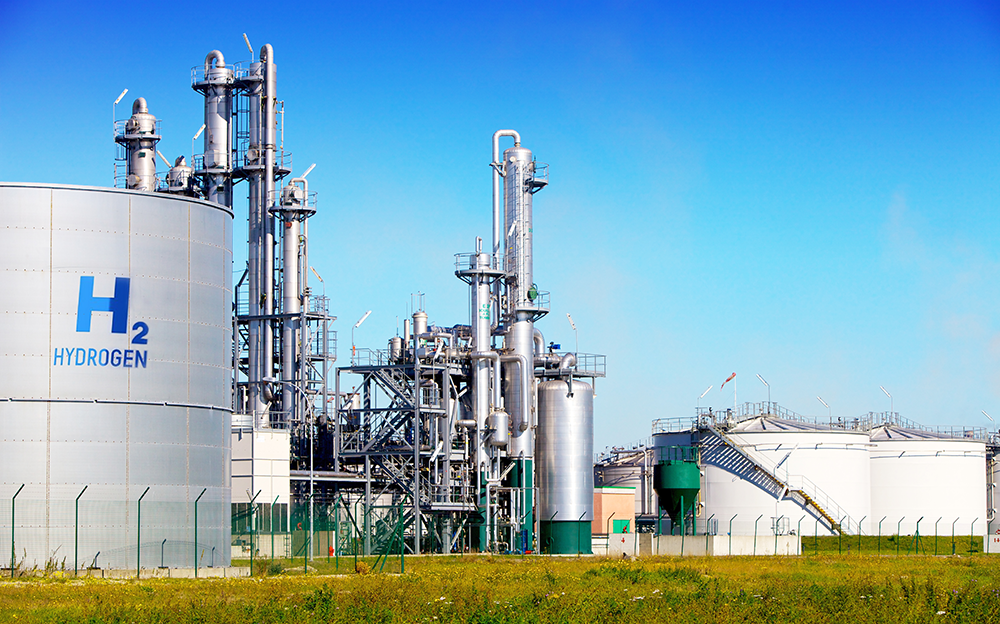A Direct Thermal Oxidizer (DTO) is an air pollution control system used to treat and destroy hazardous air pollutants (HAPs) and volatile organic compounds (VOCs) from industrial exhaust streams. It works by combusting these pollutants at high temperatures, converting them into harmless byproducts such as carbon dioxide (CO₂) and water vapor (H₂O).
How Does a DTO Work?
Contaminated air is collected from industrial processes.
This air is directed into a combustion chamber, where it is heated—usually to temperatures between 1,200°F and 1,800°F (650°C to 980°C).
In the presence of oxygen and sufficient residence time (typically 0.5 to 2 seconds), the pollutants are oxidized.
The clean, treated air is then released into the atmosphere, often meeting environmental regulatory standards.

Simple design compared to regenerative or catalytic oxidizers High destruction efficiency (up to 99+% VOC removal) Direct heating, without heat recovery mechanisms Ideal for processes with high VOC concentrations or intermittent emissions
Chemical manufacturing Paint and coating processes Printing facilities Pharmaceutical production Food processing
The operation of a Direct Thermal Oxidizer (DTO) is based on the principle of thermal combustion, where organic pollutants in an air stream are oxidized (burned) at high temperatures in the presence of oxygen. This process breaks down complex organic molecules into simple, non-toxic components like carbon dioxide (CO₂) and water vapor (H₂O).
Polluted air is collected from industrial processes. It enters a combustion chamber, often heated by natural gas or another fuel source. The mixture is held in the chamber under high temperature and turbulence. Oxidation occurs, and the pollutants are converted to CO₂, H₂O, and heat. The clean exhaust is released into the atmosphere, sometimes after passing through a heat exchanger to recover energy.
High Destruction Efficiency
DTOs can achieve up to 99+% destruction of VOCs, HAPs, and other hazardous emissions, ensuring compliance with environmental regulations.
Simple Design and Operation
DTOs have a straightforward design with fewer moving parts, making them easier to operate and maintain compared to more complex systems like regenerative thermal oxidizers (RTOs).
Fast Response Time
They heat up and shut down quickly, which is ideal for batch or intermittent processes that don’t require constant operation.
Reliable Performance
With direct combustion, there’s less risk of catalyst fouling or pressure drop issues, making DTOs a dependable choice for many industries.
Lower Initial Cost
DTOs typically have a lower upfront investment cost than catalytic or regenerative systems, especially for small to medium-scale applications.
No Catalyst Required
Unlike catalytic oxidizers, DTOs don’t use expensive catalysts, reducing both initial and ongoing operating costs.
Compact Footprint
DTOs require less space due to their simple configuration, making them suitable for facilities with limited installation area.
Versatile Application
Effective for high-VOC concentration exhaust streams and processes with variable emission loads.
Feel free to get in touch with us!

We are pleased to receive your letter and help you achieve your business goals. Fill in the form below to send us information or talk directly to our product experts by phone.
We will contact you within 1 hours, please pay attention to the email with the suffix “@gelanpetro.com”.